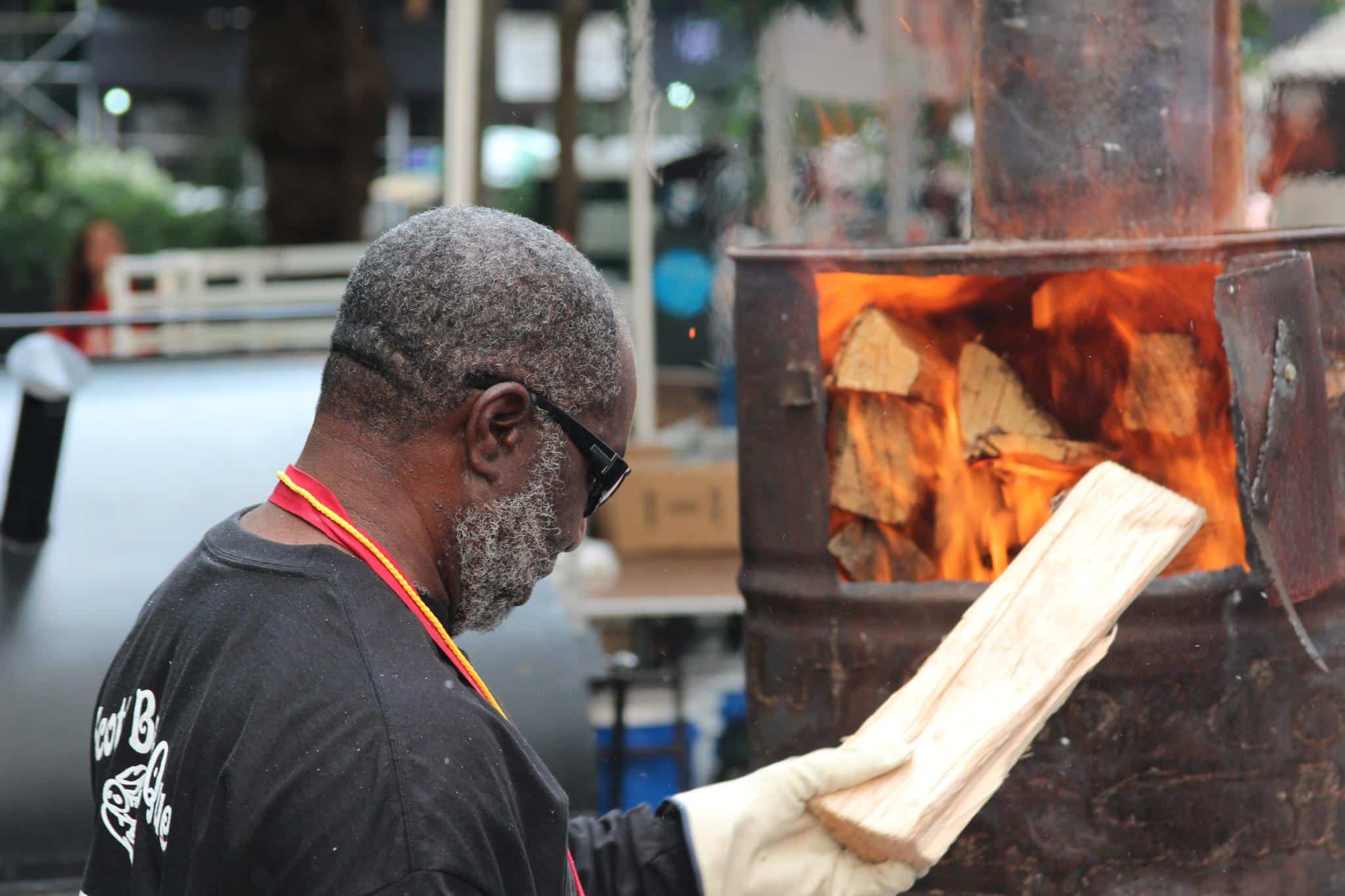- Apr 8, 2022
- 3
- 3
I'm hoping to build myself some kind of cold-smoking setup soon, and I'm trying to wrap my head around some of the issues. Here are things I think I understand:
1. When wood burns at low temperatures (say, below 600F), the smoke contains all sorts of volatile compounds that we generally don't want to condense on the surface of our food. Creosote, for example, is formed when these compounds have not burned off.
2. When a wood fire burns at sufficiently high temperatures (between 650F and 750F), the smoke itself will flame, indicating that the volatile compounds are denatured. The smoke that remains is often referred to as "blue" or "clean" smoke, and that's the stuff that we want condensing on the surface of the food.
So, when smoking food, you want a very hot fire. Cold smoking is especially tricky as you don't want to transfer the heat from the very hot fire to the food.
To me, this means I need to separate the fire chamber and the smoking chamber. I need a fire chamber in which I can maintain temperatures of 650-750F (which means I need to be able to feed the fire with fuel and oxygen easily). I need a draft arrangement that will suck the resulting blue smoke from the fire chamber to the smoking chamber. And I need to separate the two chambers sufficiently well to ensure that the smoke has lost its heat by the time it arrives in the smoking chamber. Does this sound sensible?
But, how much is "enough" separation between the chambers? If I have a stainless-steel stove pipe running between the two chambers, how do I estimate the heat-loss? If this is a matter of cutting different length pipes and experimenting, it seems like an expensive process.
1. When wood burns at low temperatures (say, below 600F), the smoke contains all sorts of volatile compounds that we generally don't want to condense on the surface of our food. Creosote, for example, is formed when these compounds have not burned off.
2. When a wood fire burns at sufficiently high temperatures (between 650F and 750F), the smoke itself will flame, indicating that the volatile compounds are denatured. The smoke that remains is often referred to as "blue" or "clean" smoke, and that's the stuff that we want condensing on the surface of the food.
So, when smoking food, you want a very hot fire. Cold smoking is especially tricky as you don't want to transfer the heat from the very hot fire to the food.
To me, this means I need to separate the fire chamber and the smoking chamber. I need a fire chamber in which I can maintain temperatures of 650-750F (which means I need to be able to feed the fire with fuel and oxygen easily). I need a draft arrangement that will suck the resulting blue smoke from the fire chamber to the smoking chamber. And I need to separate the two chambers sufficiently well to ensure that the smoke has lost its heat by the time it arrives in the smoking chamber. Does this sound sensible?
But, how much is "enough" separation between the chambers? If I have a stainless-steel stove pipe running between the two chambers, how do I estimate the heat-loss? If this is a matter of cutting different length pipes and experimenting, it seems like an expensive process.






